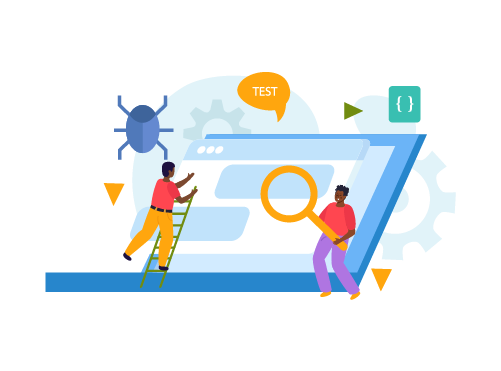
- Camps
- Academy
-
Programs
Marketing Automation & Reporting Backend with Java Data Analytics & Generative AI IT Business Analyst Tech - Driven Product Leadership Mobile Development Android Salesforce Developer QA Engineering: Manual & Automation Testing Mobile Development iOS Fundamentals of Digital Marketing Digital Product Marketing Cyber Security & SysAdmin Startup Camp Product Owner - 2 Linux Administration Summer Math Camp Front End Development ABB Math Challenge UI/UX Design Software engineering Mobile Development for Kids Web development for kids Full Stack Development - Advanced Fundamentals of DevOps Machine Learning
- Blog
- FAQ
- AZ EN
 Search
Search 
